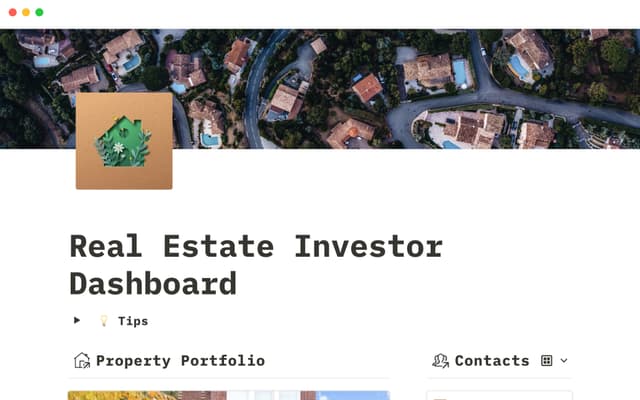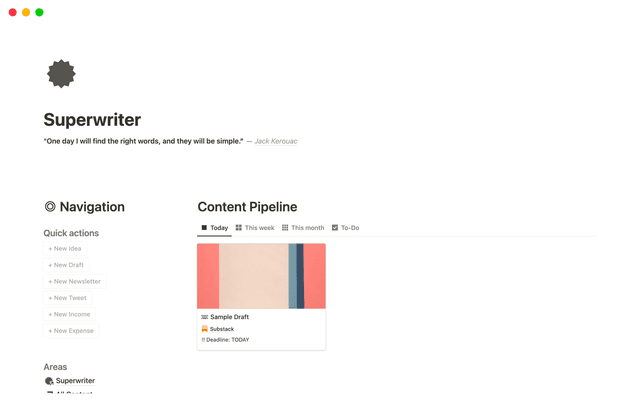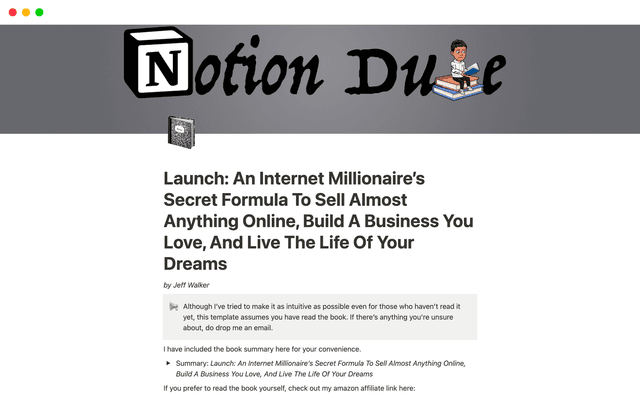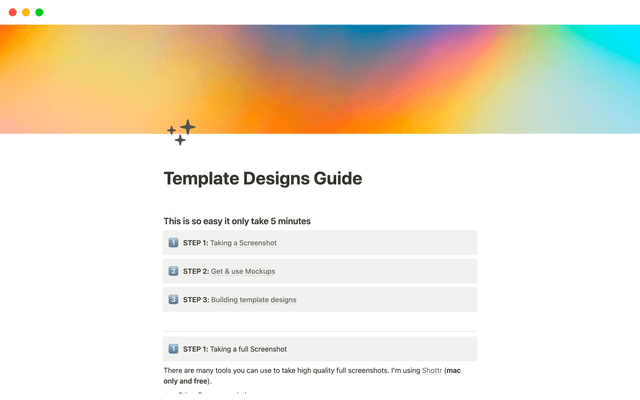5 steps to adopt Notion for your entire organization
Your team is ready to start using Notion more broadly to unlock the value of a connected workspace — here’s what you need to do to get there.

- Paso 1: crea la arquitectura de tu espacio de trabajo
- Paso 2: llena tu espacio de trabajo con contenidos
- Importar contenidos
- Uso de plantillas
- Paso 3: integra a tu equipo
- Onboarding best practices
- Provision members and secure your workspace
- Step 4: Build team-specific workflows with connections
- Connecting tools
- Step 5: Get the maximum value from your organization’s Notion workspace
- Maintaining content quality
- Continuously onboarding and scaling your team
¿Quieres que tu equipo colabore en un espacio de trabajo de Notion conectado?
As you or your IT partners are starting to develop your Notion rollout plan, you might be wondering what you need to do to get everything up and running.
In this guide, we’ll explain the 5 steps of bringing Notion to your organization — from workspace set-up, to ongoing maintenance. Each section contains a brief overview of what to do, plus links to more detailed guides that provide you with step-by-step instructions.
Esta guía te ayudará a realizar lo siguiente:
Understand how to prepare your company to successfully adopt Notion
Import content into Notion for a consolidated work experience
Find all the team enablement resources you need in one place
Dedicar algo de tiempo a establecer la arquitectura de tu espacio de trabajo te ayudará a organizar la información de forma lógica, para que los miembros del equipo puedan encontrar lo que buscan y sepan a dónde dirigirse para aportar su trabajo.
First you’ll need to create your Notion workspace. Once that’s done, nominate some of your team members to become Workspace owners, who will be responsible for getting to grips with Notion’s security and permissions settings, understanding the different types of users (and how to set them up), and billing. Usually, this will be someone from your company’s IT department who is working on security and permissions, plus your team leads or knowledge managers who will help to add content.
Con la configuración informática en marcha, puedes empezar a estructurar el espacio de trabajo dividiéndolo en espacios de equipo. Se trata de secciones del espacio de trabajo que pertenecen a departamentos de tu empresa y que proporcionan a cada equipo un hogar para su trabajo.
Most organizations begin with a “General” teamspace for everyone, then create teamspaces for each department. Your general teamspace will be home to company-wide knowledge like docs, and meeting notes, while team-specific teamspaces tend to house project trackers, and custom workflows.
Check out these examples of wikis that store team knowledge, and custom project trackers like this content calendar or product roadmap.

Recursos para configurar la arquitectura de tu espacio de trabajo
A successful, organization-wide implementation includes thinking deeply about how you and other teams will work together. Consider what Notion use cases will be most beneficial to your team — project tracking, knowledge management, or documentation — and start creating those pages. If you’re not sure exactly what goes in Notion, read through our guide on where Notion fits into your company’s tool ecosystem.
As a Notion owner within your org, we generally recommend focusing on your company-wide and general use-cases, and assigning specific owners for team-based workflows. This step is probably the right time to start bringing those folks into the conversation.
There are two ways to get up and running with content quickly: import content from another tool, or use templates.
Importar contenidos
Puedes importar contenidos de otras herramientas directamente a Notion, para retomarlos justo donde los dejaste.
En primer lugar, conecta y verifica tus cuentas en el menú Configuración; a continuación, abre el menú Importar en la barra lateral, elige la herramienta desde la que deseas importar y sigue las instrucciones.

Cómo importar tus contenidos
Uso de plantillas
Además, explora nuestra galería de plantillas para encontrar sistemas listos para usar para cualquier necesidad, desde documentos y notas de uso genérico hasta soluciones a medida para tu equipo.
Una vez que encuentres lo que deseas en la galería de plantillas, duplica la página en el espacio de equipo correspondiente y, a continuación, personalízala según sea necesario para adaptarla a tu equipo.

Comienza tu espacio de equipo con las siguientes plantillas y añade más según sea necesario.

Recursos para empezar a utilizar nuestras plantillas
As you start to get your team members into Notion, you’ll want to make the process of adapting as smooth as possible.
Here are some things you can do to help your team learn and adjust to Notion:
Explain how Notion fits into your tool stack — Team members will need to understand how Notion connects to the rest of their tools. Your job is to show them the use cases, the value and why it’s different and better from what they do today.
Create an onboarding page — Send your team members to an onboarding page which contain all the resources they’ll need to get started, like videos and guides to cover the basics. To start, check out the resources below.
Encourage experimentation in private pages — Folks can use the private section of the workspace to experiment with creating pages, inserting Notion blocks and playing around with databases.
Introduce collaborative features — Invite others to pages and projects. Start tagging people and commenting. This will start to create the flywheel of collaboration. Share things inside of Notion, and outside of it, in your messaging tools.
Onboarding best practices
Make sure onboarding is successful by giving your team members all the information they need to use Notion confidently.
Get everyone to complete Notion Academy — Start with Notion 101, and go from there.
Measure progress with onboarding checklists — Give people an incentive to go through all the onboarding materials and measure their progress.
Make it interactive — Instead of a page of text, your onboarding page can include embedded videos, a gallery of resources and you can include your own tutorial videos showing how to use your workspace.

Resources for onboarding your team to Notion
Provision members and secure your workspace
Collaboration is the heart of Notion, and as team members join the workspace, you’ll need to ensure everyone has the right level of access to the content they need and can contribute to their team’s work. At the same time, you’ll want to limit the number of people who can make significant changes to the workspace, like adding new members and changing security settings.
There are four types of users in Notion - Workspace owners (who have full access to the workspace and security settings), Membership admins (Enterprise plan only), Members and Guests.
Workspace owners will be responsible for user management and provisioning access to content. Access can also be adjusted at page level. There are four levels of page access: Full access, Can edit, Can comment, and Can view.

Notion ofrece la funcionalidad de inicio de sesión único (SSO) para usuarios de empresas y negocios, lo que mejora la seguridad y simplifica la gestión de accesos.
SAML SOO is available for workspaces on Notion’s Business or Enterprise Plans.

Recursos de seguridad y membresía
Remember those teamspace owners you assigned in step 2? This is their time to shine. Once your teams are in place, you’ll want to start the process of building team-specific workflows, and connecting specialist tools to get the most out of your workspace.
There are endless ways for teams to use Notion, but these are some of the most common use cases:
Manage projects and tasks seamlessly — With Notion’s integrated Projects & tasks system, teams can track daily work and larger projects effortlessly.
Connect docs and meeting notes — Use Notion databases to create and organize your documentation and take notes for every meeting. You can then connect information to the relevant project.
Grow your team’s knowledge base — Build a knowledge base where team members can find all the information they need about the company and their role.
Connecting tools
There’s a good chance that even if you have several use cases for Notion, there may be certain other tools that team members want to keep using — either because some teams need specialist tools for their work, or because they are planning to migrate to Notion at a later date.
The good thing is that you can continue to use any specialist tools, while at the same time connecting all of your work to Notion.
Por ejemplo:
Agrega vistas previas de enlaces que brindan contexto a todo el equipo: cuando pegas un enlace en Notion, tienes la opción de
pegarlo como vista previa, lo que brinda una visualización del contenido de la URL y proporciona contexto.Crea bases de datos sincronizadas que contengan información actualizada: extrae una base de datos completa con contenido de herramientas como Github y Jira a una base de datos sincronizada de Notion que se actualiza en tiempo real.
Utiliza propiedades conectadas en tus bases de datos: vincula archivos de Google Drive, archivos de Figma y solicitudes de extracción de GitHub en tu base de datos de Notion a través de propiedades conectadas especiales.
Integra con Slack para facilitar la comunicación del equipo : si tu equipo usa Slack para comunicarse, puedes integrar Slack con Notion para enviar notificaciones automáticas y pegar mensajes de Slack en tus páginas.
Once you’ve got your team using Notion, here are some best practices to make sure everyone gets the most out of the tool.
Maintaining content quality
Prevent the workspace getting messy and make sure content stays up to date and relevant.
Assign page owners and use verification — You can turn your company knowledge base into a wiki which gives it extra features, like page verification. Page owners can mark a page as verified to signal that the content is fresh.
Organize the sidebar — An untidy sidebar makes it difficult for team members to find what they need. Make sure the sidebar is organized and each team’s pages are contained in their teamspace.
Use the
Searchfeature — Team members can use theSearchfunction to find pages and information easily.
Continuously onboarding and scaling your team
Continuously onboard — When new teammates join your company, invite them to your Notion workspace and give them a tour using the resources above
Check out new features — Keep an eye on our “What’s new” page to incorporate new features and connections as they’re released, and share key features with your teammates to encourage deeper Notion use.
Fine-tune team and workspace settings — It’s best to start simple on permissions, but as you grow, use permission settings to prevent unwanted edits to content and make sure information is safeguarded. Check out our scaling your team course to learn more.

Resources for maintaining your workspace
How to use a wiki database to keep information up to date here.
Setting up the sidebar for organization here.
Learn about permission groups.
¿Hay algo que no hayamos abordado?

.png&w=48&q=75)









